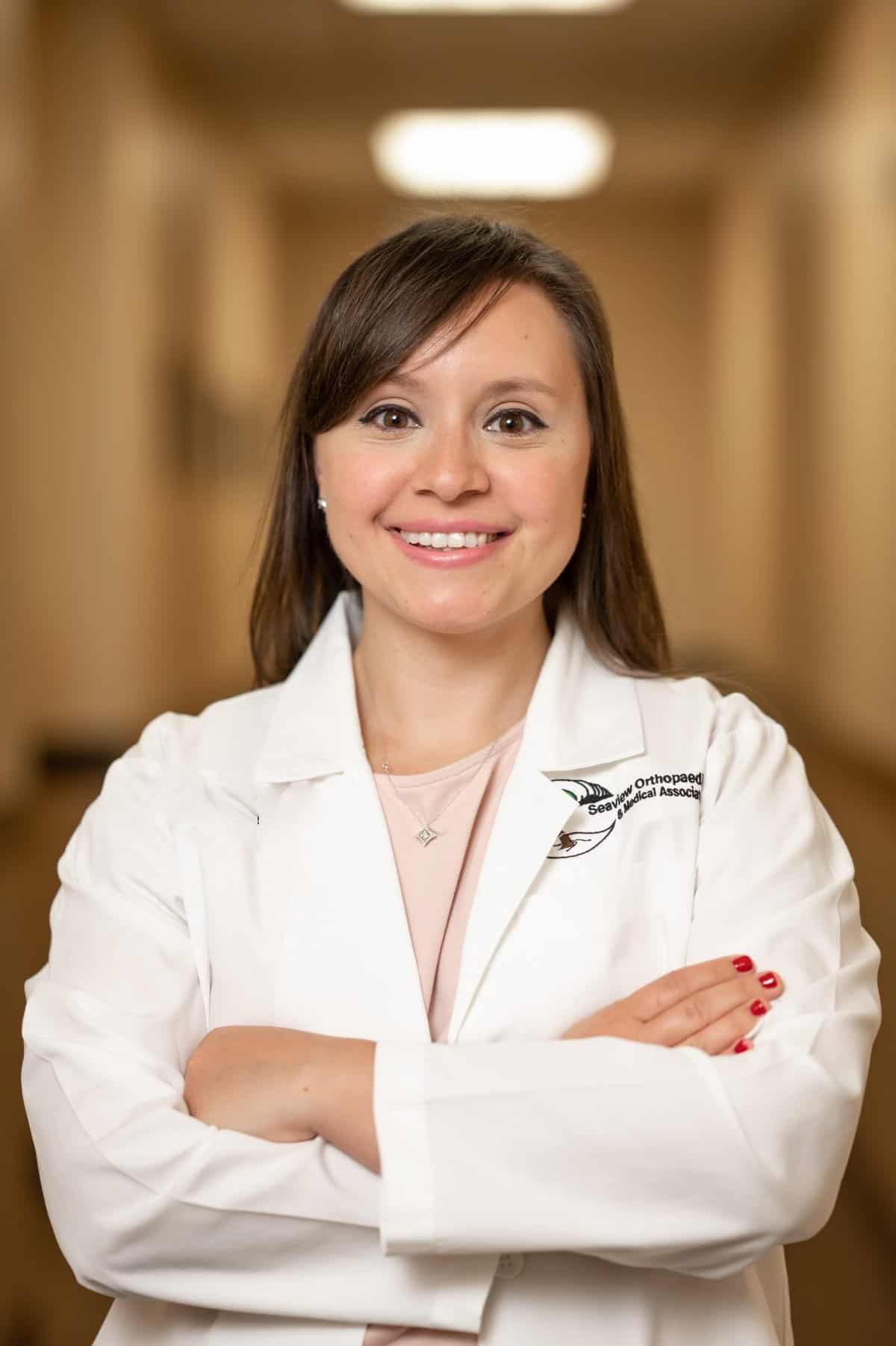Among adults, carpal tunnel syndrome is the most common form of nerve pain in your upper arm, forearm and hand. It is a progressive condition that can cause simple tasks such as holding your favorite coffee mug to become painful and difficult.
Studies show that women and the elderly are more likely to develop carpal tunnel syndrome. While there is no one specific cause of the condition, a combination of multiple factors could lead to its development.
Some risk factors for carpal tunnel syndrome include genetics, wrist positioning, power work equipment, pregnancy and medical conditions.
Symptoms
•A feeling of swollen fingers, even if your fingers don’t look like it.
•Numbness, tingling, and pain in the thumb, index, middle, and half of the ring finger.
•Shock-like sensations that radiate or travel from the wrist to the to the thumb and index, middle, and ring fingers.
•Pain or tingling that may travel from the wrist up the forearm.
•Weakness, clumsiness, and loss of sensation in the hand.
•Dropping items due to decreased grip strength.
Nonsurgical Treatment
The good news is that mild symptoms can often be relieved with simple measures such as wearing a wrist splint or avoiding certain activities. A corticosteroid injection into the carpal tunnel can help relieve symptoms and may be a great option for patients unable to have surgery. However, because continued pressure on the median nerve can lead to nerve damage and worsening or persistent symptoms, a surgical procedure may be recommended to relieve the nerve.
Carpal Tunnel Surgery
Carpal tunnel surgery involves releasing the tight ligament surrounding the median nerve, which gets rid of the pressure on the nerve. There are two ways to release the ligament: open surgical release or endoscopic surgical release. Open surgery releases the ligament from the outside in, while endoscopic surgery releases the ligament from inside out. You may experience soreness in your palm for about 3 months after surgery.
A follow-up visit will be scheduled 10-14 days after your procedure to have your sutures removed and the incision site checked by your physician.

